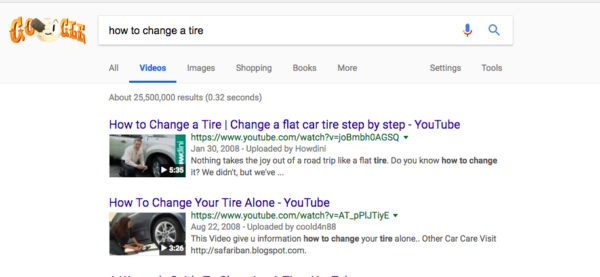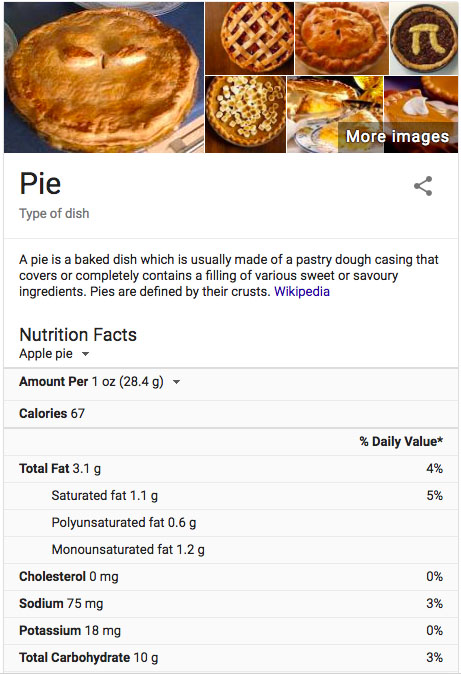6 Statistics to Track on Your Google Analytics
You’ve set up your Google Analytics account, but now what? There are so many statistics to track, it’s hard to know where to start. What’s important for you to track is going to depend on your organization, but there are some basic statistics that are going to be important for every entity to take note of, especially when they first start. We’ve got a guide for you outlining the top six statistics you should be looking at in your Google Analytics reports.
1. New/Unique Visitors vs. Returning Visitors
Getting new visitors is just as important as having recurrent visitors. Make sure to keep track of both of those statistics. Knowing what types of visitors you are attracting (new vs. old) can clue you in to what kind of information you need to be promoting on your website to make sure you are still attracting new users, but also getting people to come back for more.
2. Traffic source/channel
Just as important as knowing what types of visitors you are attracting is knowing where you are attracting them from. This allows you to focus your efforts on the right things to gain additional visitors. Are you getting most of your visitors from Facebook? Great — you can focus more on that platform now. Or maybe you need to improve your search engine rankings through SEO to attract more search visitors. Basically, knowing where your traffic is coming from, helps you adjust your digital marketing tactics.
There are three types of traffic channels:
- Social: A user found a link to your website on a social media channel and clicked it.
- Direct: A user directly typed your URL into the search bar.
- Organic: A user found your website through non-paid for methods.
3. Bounce Rate
The bounce rate in Google Analytics refers to how many users leave a page on your website without completing any actions. Ideally, you want your bounce rate to be low. You want people to stay on your website for a considerable amount of time, and you don’t want them to leave without completing an action. An action can mean filling out a form, submitting an email address, making a purchase, or a slew of other things that require the user to interact with your website
4. Page Views
Page views tells you where users are gravitating to on your site. Checking your page views helps you understand what information people are looking for and which pages are making the most impact.
5. Exit Pages
Exit pages are where the consumer is leaving in the process of conversion. Tracking this information will clue you in to understanding where you may be losing consumers in the conversion process. This can be helpful in your understanding of how to adapt your landing pages and maybe simplify your process.
6. Lead Generation Costs (Cost Per Conversion)
This is important to track when you’re doing a form of digital marketing, like Google AdWords. Your lead generation costs should be lower than your income from your website (you should make more than you are spending). Your cost per conversion should remain low while your conversion rates and value per visits should remain high. If you’re not getting the return-on-investment that you should be from lead generation, it might be time to switch tactics.
If you’re looking for help with tracking your Google Analytics statistics, contact Cabedge today. With our team of Google Analytics specialists, we can help you take your website to the next level.












